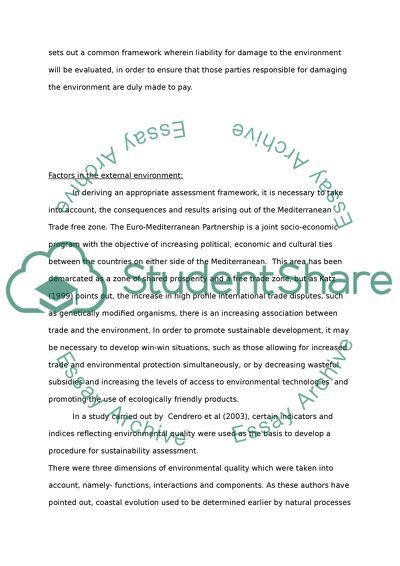Cite this document
(Indicators and Indices of Environmental Quality Dissertation, n.d.)
Indicators and Indices of Environmental Quality Dissertation. Retrieved from https://studentshare.org/environmental-studies/1739241-environmental-management-sustainability-report
Indicators and Indices of Environmental Quality Dissertation. Retrieved from https://studentshare.org/environmental-studies/1739241-environmental-management-sustainability-report
(Indicators and Indices of Environmental Quality Dissertation)
Indicators and Indices of Environmental Quality Dissertation. https://studentshare.org/environmental-studies/1739241-environmental-management-sustainability-report.
Indicators and Indices of Environmental Quality Dissertation. https://studentshare.org/environmental-studies/1739241-environmental-management-sustainability-report.
“Indicators and Indices of Environmental Quality Dissertation”, n.d. https://studentshare.org/environmental-studies/1739241-environmental-management-sustainability-report.


